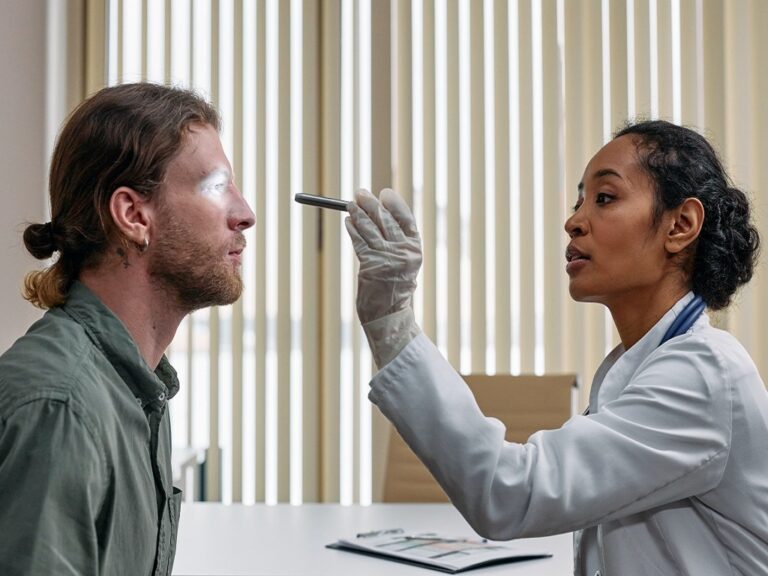Dry eyes are a prevalent condition. Eyes produce tears to maintain moisture. If the eyes don’t have enough tears or the right type of tears, it can make one uncomfortable with irritated and itchy eyes. Dry eyes can cause redness, blurred vision, and sensitivity to light. That’s why learning how to manage it is crucial.
How Does One Get a Dry Eye?
We usually produce tears to keep our eyes moist. If our eyes are irritated or we cry heavily, the eyes make even more tears. Dry eye occurs when the eyes don’t generate sufficient tears or something affects one or more tear film layers.
Main Causes
As we grow older, our hormones change in ways that can cause us to make fewer tears. Both men and women can experience dry eye, but it is widespread in postmenopausal women.
Some diseases, such as rheumatoid arthritis and lupus, can make the eyes dry.
Reading from a computer screen and working with contact lenses for a long time can affect the moisture in the eyes.
Having surgery to change refractive status can cause dry eyes.
Certain medicines—especially those used to treat high blood pressure, heart conditions, allergies, and anxiety—may dry out the eyes.
Dry Eye: Signs
A few specific symptoms that can point to the condition of dry eyes include:
Feeling as though there is a foreign substance in the eye
Experiencing blurry vision
Having a scratchy or gritty sensation in the eyes
Having strings of mucus hanging from the eyes
Contact lens wearers may experience several eye issues, such as redness, irritation, pain when wearing lenses, or excess tears
Dry Eye: Diagnosis
Several tests can help diagnose dry eyes. The ophthalmologist will start the visit with a brief exam of the eyelids and the eyes’ surface. They will check how the patient blinks and also measure the quality and thickness of tears and how quickly one produces tears.
Dry Eye: Treatment
The ophthalmologist might recommend using artificial tears. These are eye drops that can replace one’s tears. Use them as often as needed. These drops are available at any pharmacy without a prescription. There are a range of brands available, too. So, try a few alternatives to figure out the best one. However, one should choose preservative-free tears if they are allergic or intend to use the eye drops more than six times a day.

